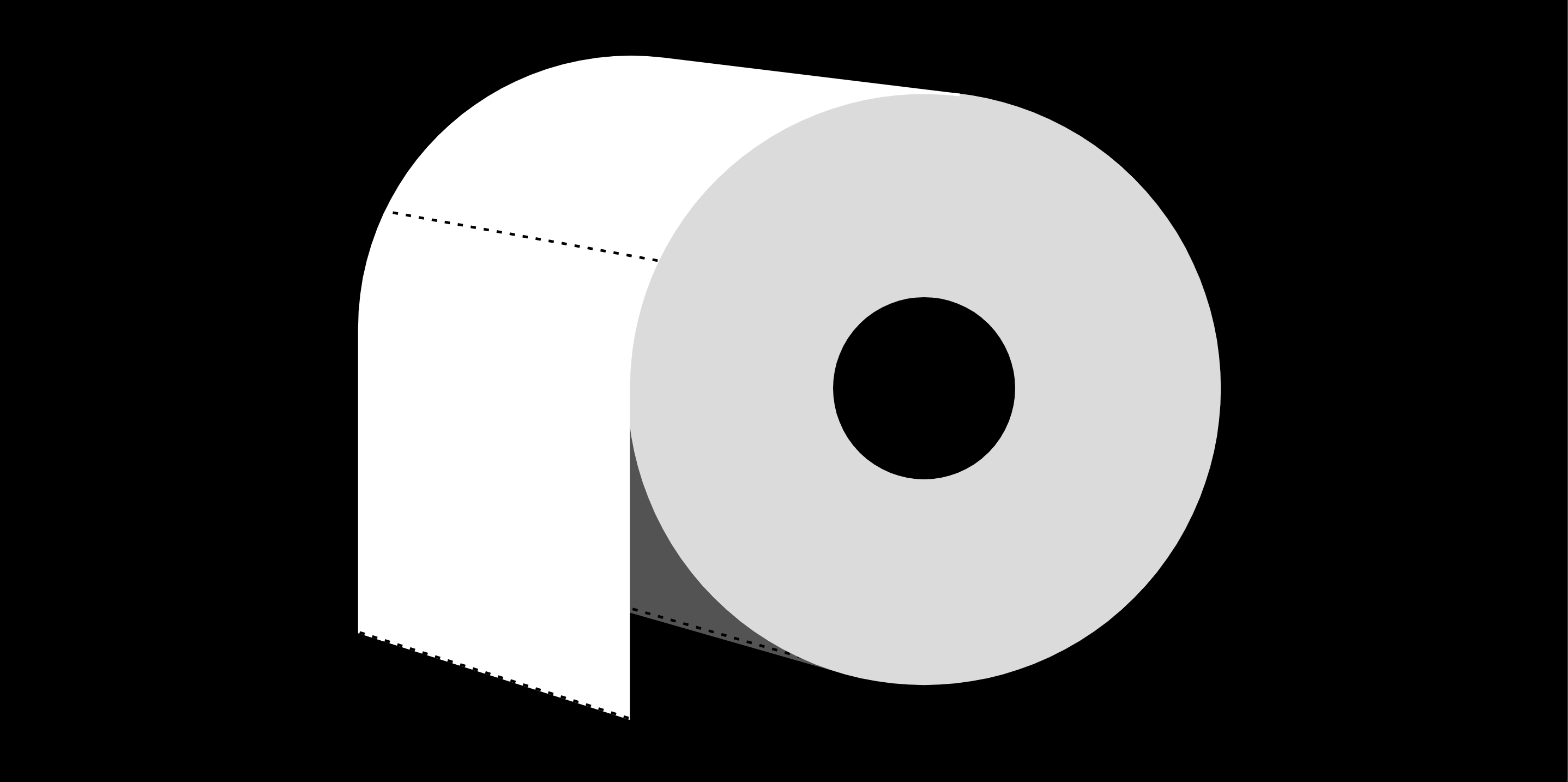


Interactive works like "Color Flip" and "Hot Dog Test" engage the viewer and blur the line between the artwork and the viewer's actions. "Color Flip" allows the viewer to change the color of the background simply by moving their mouse, while "Hot Dog Test" presents the viewer with a series of multiple-choice questions that determine the course of the artwork.
Traditional digital artworks like "Toilet Paper Paradise" and "Into Time" use animation and visual effects to create a unique viewing experience. "Toilet Paper Paradise" features an animation of a roll of toilet paper unrolling and piling up on the screen, while "Into Time" presents a series of abstract shapes and colors that shift and morph over time.
The mix of interactive and traditional digital artworks creates a balance between viewer engagement and visual stimulation. While the interactive works encourage the viewer to actively participate in the artwork, the traditional digital artworks offer a more passive viewing experience that still stimulates the senses.
The use of digital media allows Rozendaal to create works that are dynamic and adaptable to the viewer's experience. Interactive works like "Color Flip" can be different every time they are viewed, while traditional digital artworks like "Toilet Paper Paradise" can be viewed repeatedly without losing their impact. This makes the "RAFAËL ROZENDAAL 2010 NET ART ANTHOLOGY" a collection of artworks that can be experienced in a variety of ways.